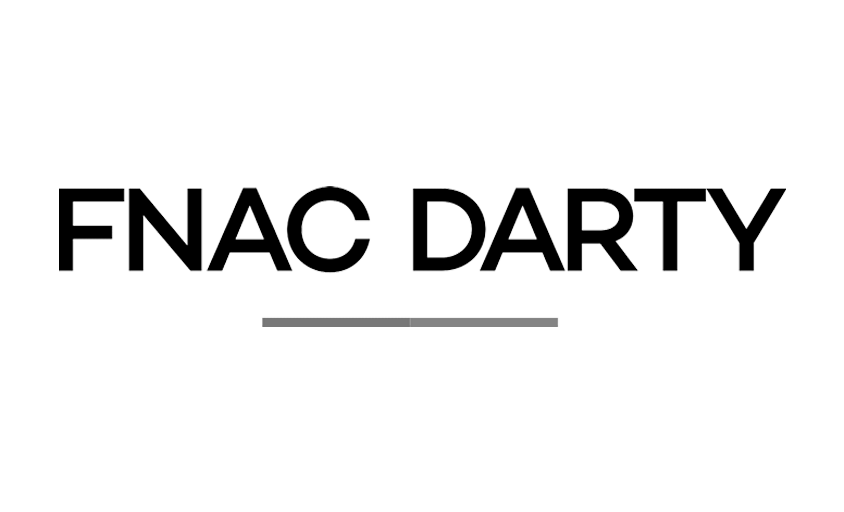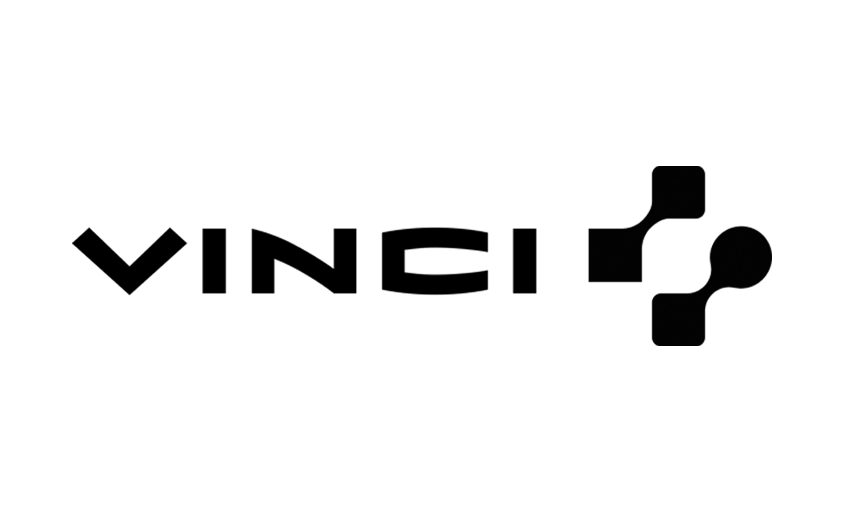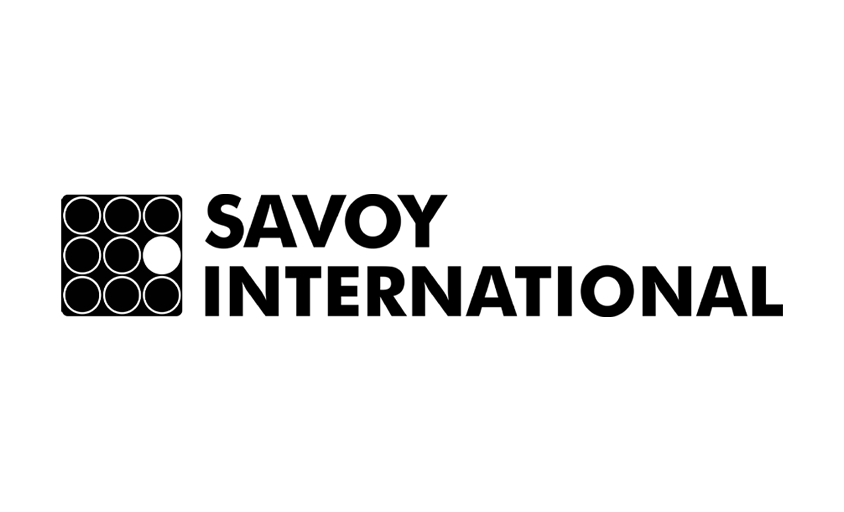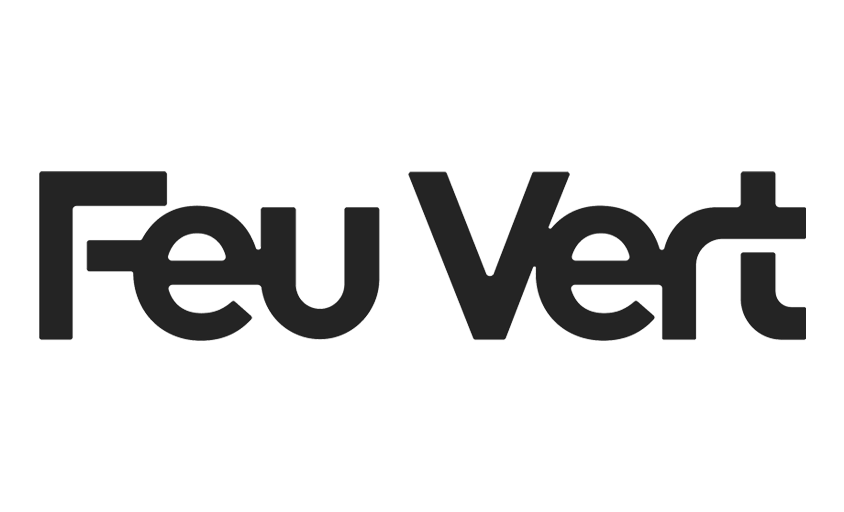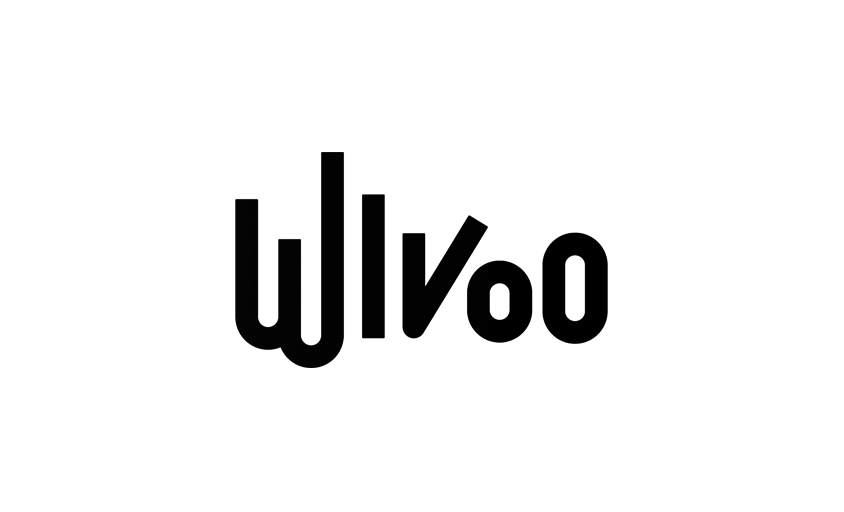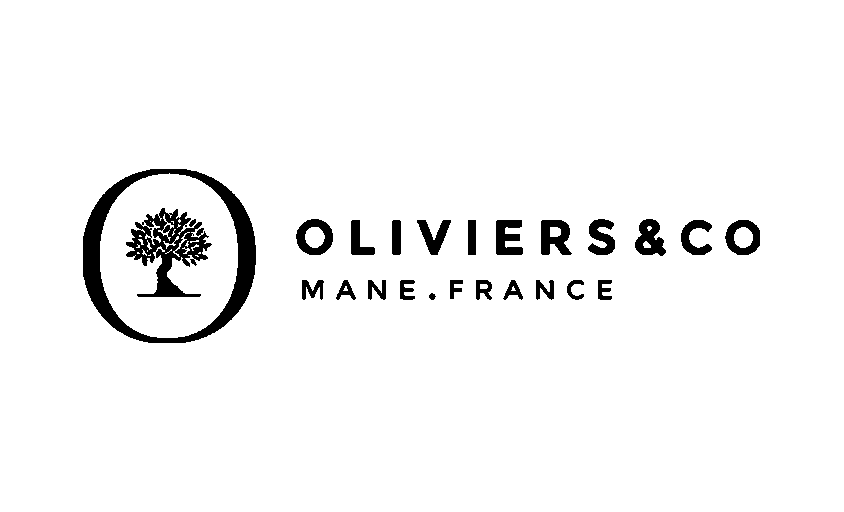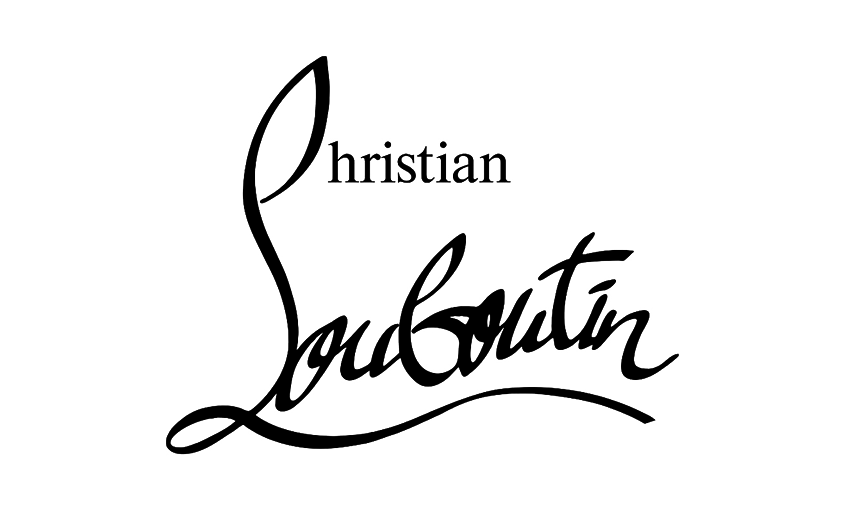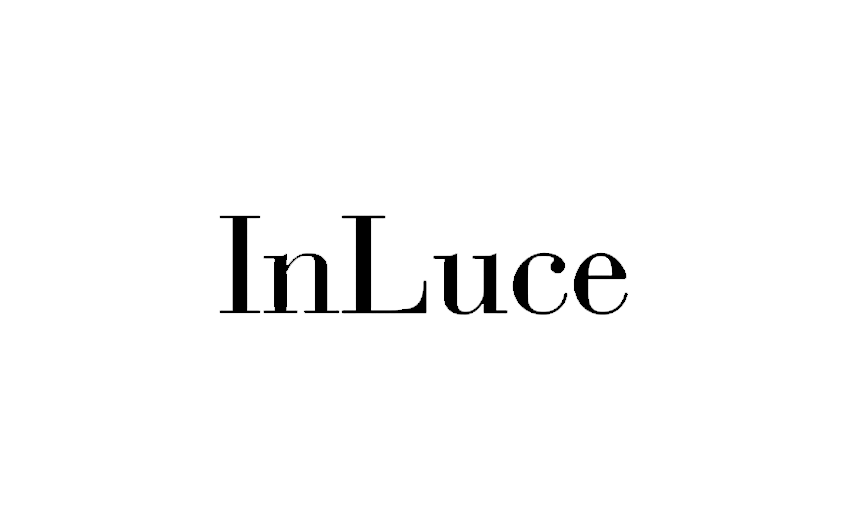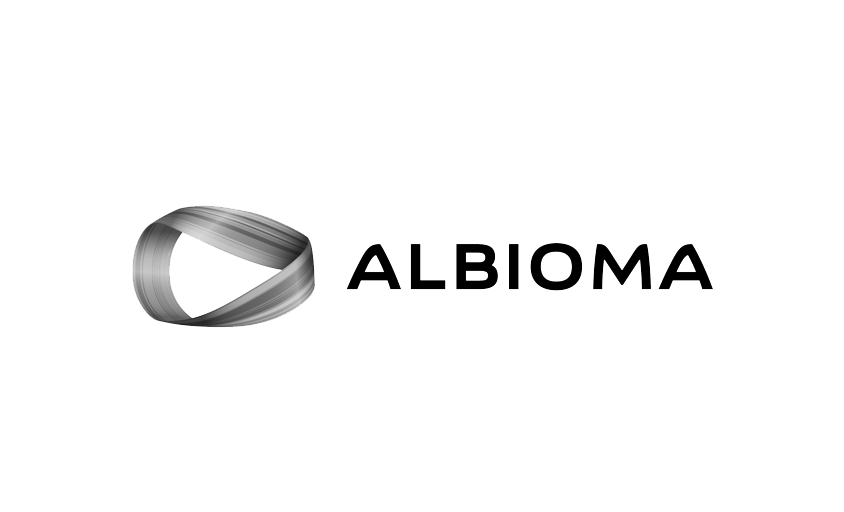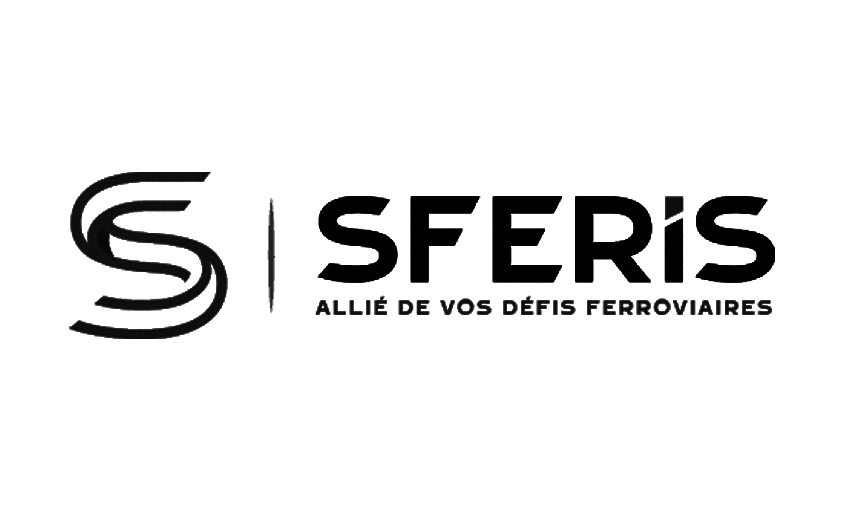Watch Photography and Its Specifics
In this article :
In the prestigious world of watchmaking, where every tick is an echo of craftsmanship and precision, photography plays a pivotal role. Watch photography, a refined specialty within luxury product photography, goes beyond mere image capture to become an art form that conveys the quality, exclusivity, and prestige of watches and horological jewelry. This field requires a deep understanding of photography principles, an eye for minute details, and the ability to showcase the unique character and sophistication of each piece.
What is Watch Photography?
Watch photography is a specialized field that focuses on capturing images of watches, highlighting not only their aesthetic beauty but also their technical complexity. It encompasses a wide range of subjects, from simple timepieces to complex horological complications, from worn pieces to horological jewelry. Two main aspects characterize this discipline:
- As a Product Photography Specialty: Watch photography stands out for its ability to capture the essence of horology, including fine details, intricate mechanics, and sophisticated aesthetics of timepieces.
Watch and timepiece photography encompasses several specialties, each aiming to capture different aspects of these luxury items and tell their unique story. Here is a list of the main specialties within this field:
-
- Watch Packshots: Highly detailed shots, usually on a plain background, showcasing the design and finish of the watch. This specialty focuses on precision in details, image clarity, and often an accurate representation of the product.
- Macro Photography of Watch Complications: Close-up images that reveal the complex mechanisms and fine details of horological complications, such as tourbillons, perpetual calendars, or moon phases. These images require high technical expertise to capture the intricate mechanics with clarity.
- Lifestyle (Worn Watches): Images that showcase watches in everyday situations or associated with a certain lifestyle. These photos tell a story or evoke a mood, showing how the watch integrates into the wearer’s life.
- Still Life Photography: Artistic compositions where the watch is staged with other objects (such as writing instruments, fashion accessories, or interior design elements) to create an appealing image that evokes a sense of luxury or lifestyle.
- Artisanal and Craftsmanship Watch Photography: Specialized shots for the assembly and manufacturing of watches or those made with high jewelry materials. These photos emphasize craftsmanship, excellence, and the art of jewelry-making.
- Photography of Innovations and Features: Images that focus on the technical innovations, new materials, or unique features of a watch. They aim to highlight the watch’s innovative aspect and its added value compared to standard models.
Each specialty in watch photography requires not only technical mastery and specific equipment but also a deep understanding of the object itself and the message the brand wants to convey through it. The choice of specialty will depend on the marketing campaign’s objective, the brand’s story, and the target audience.
What is the Difference with Standard Product Photography?
Watch photography differs from standard product photography in several ways, especially in its meticulous process and close collaboration with experts in the field. Here is how these differences manifest across various stages of the photographic process:
1. Pre-Shoot: Product Preparation and Care
- Watch Photography: Each watch or horological piece is meticulously prepared before the shoot. This involves thorough cleaning to remove fingerprints and dust, as well as precise positioning of the product to highlight its unique features, such as the angle that best reveals the dial’s complexity or the beauty of the strap.
- Standard Product Photography: While setup care is also important, the requirements are generally less strict because the products often do not have the same level of detail or intrinsic value as luxury horological items.
2. Assisted Direction
- Watch Photography: The shoot direction is often assisted by domain experts, including product managers and master watchmakers, who bring their expertise to ensure that each image accurately reflects the product’s characteristics and spirit. This may include highlighting specific mechanical features or finishes that require a deep understanding of horology.
- Standard Product Photography: Although direction can be guided by product specialists, the focus is more often on the general enhancement of the product, with less emphasis on conveying specific craftsmanship or artisanal tradition.
3. Shooting Process
- Watch Photography: Advanced techniques specific to horology are used, such as macro photography to capture fine details and special lighting techniques to avoid unwanted reflections on glass or metal. The shooting process is often slow and deliberate, with constant adjustments to lighting and angle.
- Standard Product Photography: While quality is important, the shooting process can be faster and less technical, with lighting and positioning adjustments generally being less complex.
4. Retouching
- Watch Photography: Retouching is crucial and must be done with extreme precision to ensure the final image accurately reflects the watch while enhancing its beauty. Every detail matters, and retouching is often done in close collaboration with creators or brands to ensure authenticity.
- Standard Product Photography: Retouching mainly focuses on enhancing the product’s overall appeal, with fewer constraints on extreme detail authenticity.
5. Feedback Loops with Product Managers and Master Watchmakers
- Watch Photography: A rigorous validation process is in place, with several feedback loops between the photographer, product managers, and master watchmakers to ensure that every aspect of the photography, from shooting to retouching, perfectly aligns with the actual product and meets brand standards.
- Standard Product Photography: While there may be exchanges to ensure the product is properly represented, the process is generally less intensive and less focused on extreme precision.
In summary, watch photography demands special attention to every detail, close collaboration with horological experts, and a level of technical skill and precision far superior to that required for standard product photography. These requirements ensure that the images accurately capture the true essence and luxury of the timepieces.
Why Work with a Professional Watch Photographer?
Working with a professional specializing in watch photography is essential for several reasons, especially when it comes to capturing the essence and complexity of luxury watches. Here is why choosing an expert in watch photography is crucial:
1. Specialized Technical Expertise
Watch photography requires a deep understanding not only of photography itself but also of the technical specifics of watches. A professional watch photographer masters macro photography techniques to capture the fine details of dials, movements, and complications with unparalleled clarity and precision.
2. Sharp Attention to Detail
Watches and horological jewelry are products where every detail matters, from the dial finish to the case polish. A specialized photographer has an eye for these details and knows how to highlight them, ensuring that the final images reflect the product’s quality and luxury.
3. Mastery of Reflections and Lighting
Metal surfaces and watch crystals can create specific challenges in terms of reflections and light management. A professional watch photographer knows how to manipulate lighting and choose shooting angles to minimize unwanted reflections and highlight the beauty of the product.
4. Close Collaboration with Brands
Watch photographers often work closely with brands and creators to ensure that the final images align with the brand’s identity and product vision. This collaboration ensures that the photographs not only showcase the product but also tell its story and convey its values.
5. Product Value Enhancement
High-quality images created by a professional can significantly enhance the product’s value, influencing customer perception and increasing product appeal. In horology, where purchasing decisions can be strongly driven by emotion and the perception of luxury, exceptional photography is crucial.
6. Efficiency and Precision
Working with a professional saves time and ensures an efficient photography process. An experienced watch photographer can anticipate and solve technical issues, guaranteeing high-quality results within the given timeframe.
7. High-Level Post-Production and Retouching
Post-production retouching plays an important role in watch photography to ensure the final images are perfect. A professional has the skills and tools needed to perform delicate retouches that enhance the image without compromising the product’s integrity.
In conclusion, Hiring a professional watch photographer is a valuable investment for brands looking to showcase their watches in a way that captivates and seduces their audience. The specialized skills, attention to detail, and technical expertise of a watch photographer help create images that not only highlight the product but also enrich the brand’s identity.
Conclusion
The art of watch photography proves to be an essential component in showcasing the craftsmanship and finesse of luxury watches. This specialty goes beyond mere image capture; it embodies a true celebration of the precision, exclusivity, and prestige that define the world of horology.
The unique challenges of watch photography, from meticulous preparation before the shoot to close collaboration with horology experts for precise retouching, highlight the crucial importance of working with specialized photographers. At Rétines, we do more than just document the aesthetics of a watch, we reveal its story and the craftsmanship behind each creation. By transcending the limitations of standard product photography, watch photography offers a window into time, communicating not only the value but also the spirit of the pieces it immortalizes. Let’s talk about it together, contact us!
Jérémy Carlo is the editorial director at Rétines, where he ensures the consistency and clarity of all content produced by the studio.
Our Clients
Let’s discuss
What we do for you at Rétines
Meticulous work, an organised project and fast delivery. And to achieve this, we mobilise the right resources in our teams at the right time.
01
Pre-production
Artistic and technical direction tailored to the project.
Relevant recommendations on content, form and resources.
02
Photo Shooting
Photos taken by our experienced photographers.
Production that’s controlled, efficient and tailored to the needs of the project, with nothing superfluous.
03
Retouching
Technique
Photographs magnified by our retouching team.
Post-production to meet the commercial challenges of the brief.


